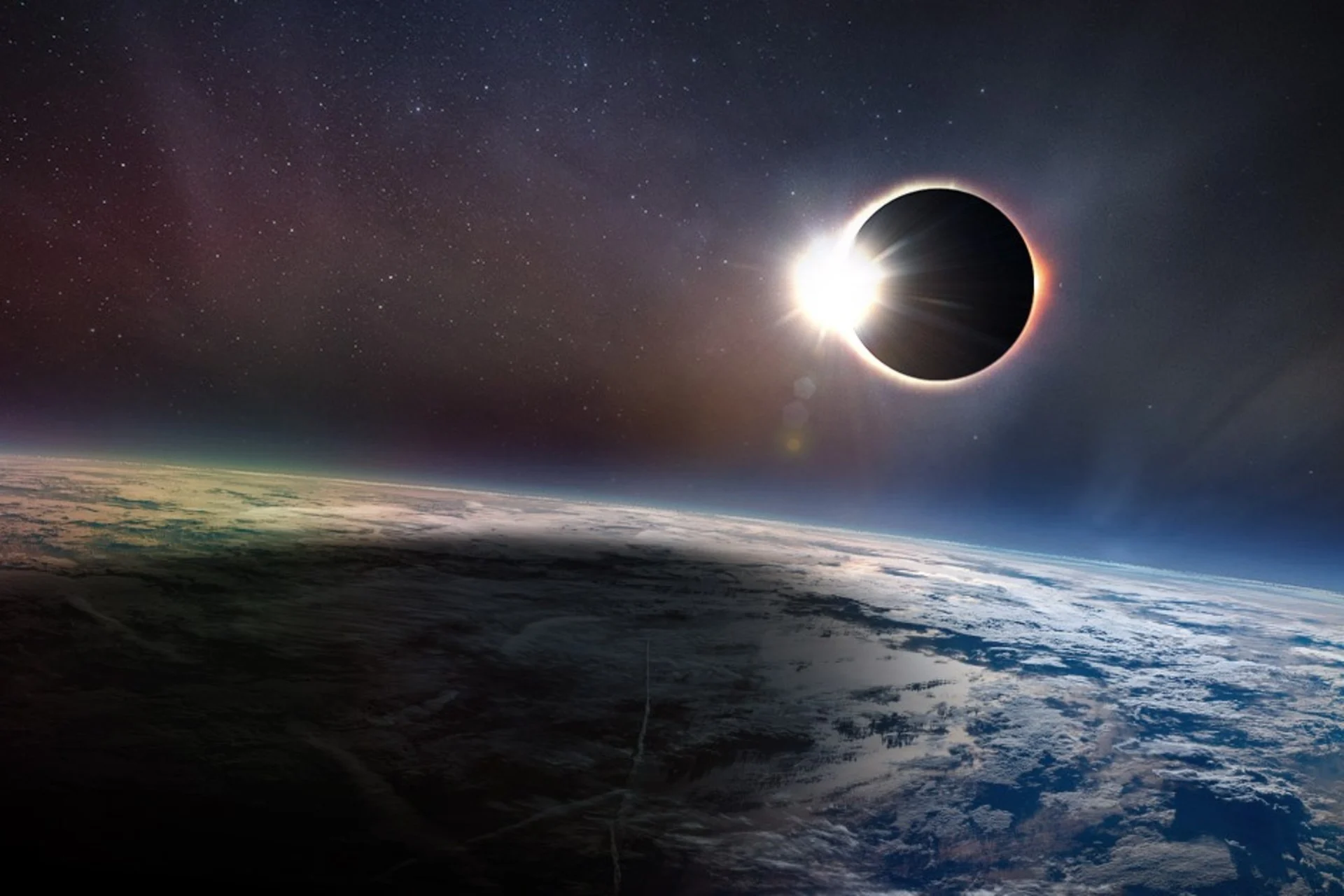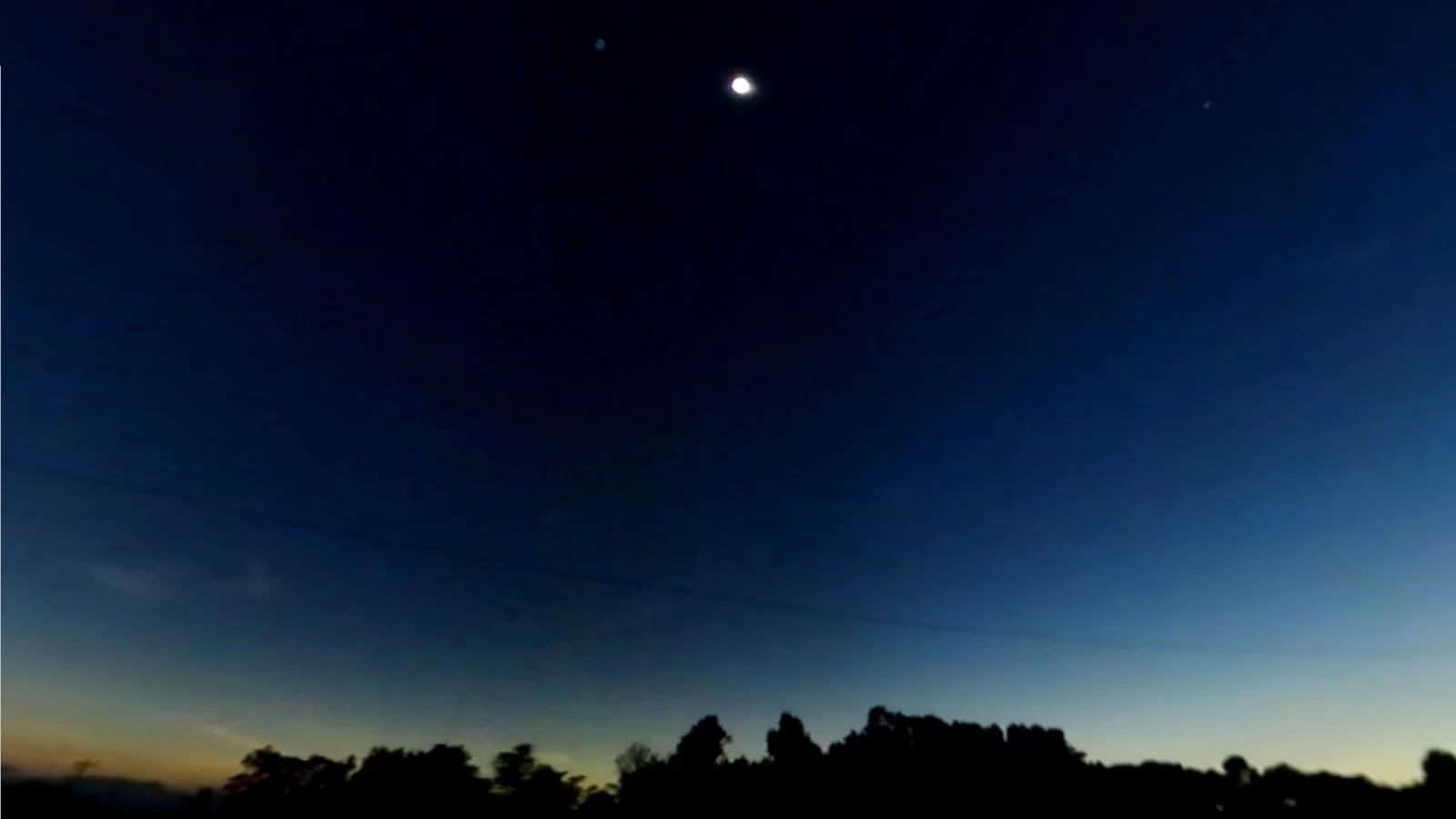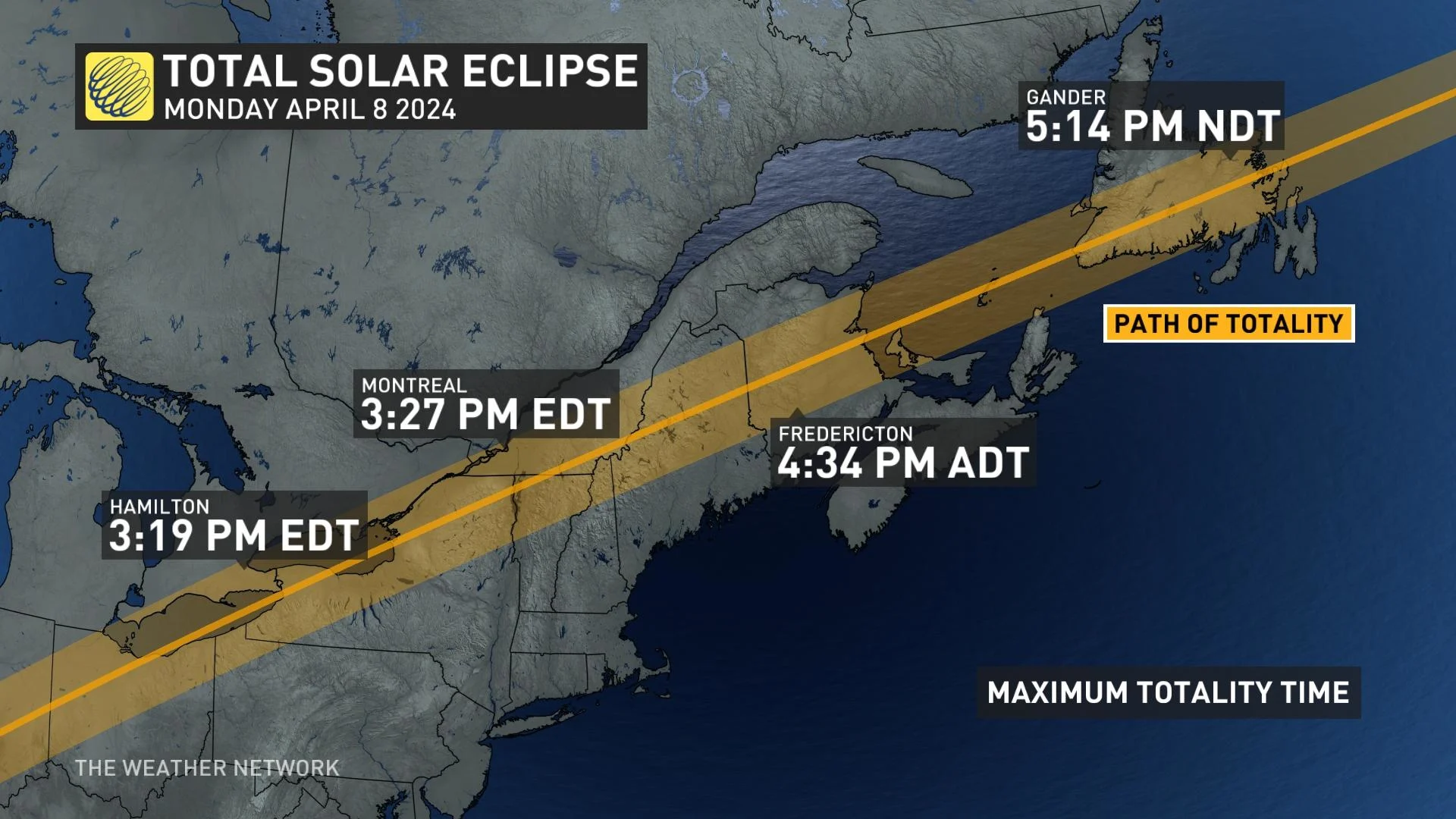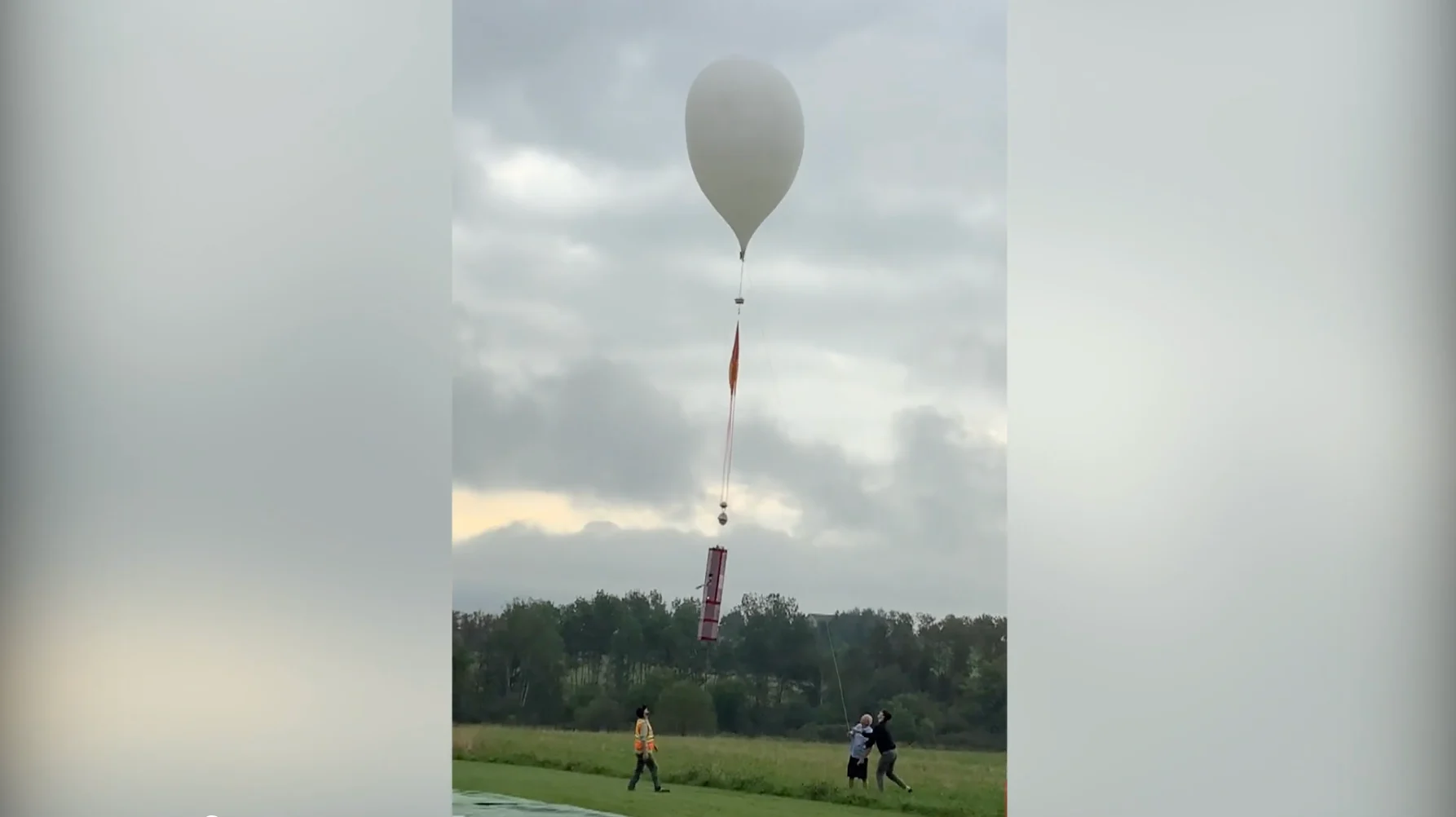
How to watch the April 8 total solar eclipse from anywhere
Cloudy skies on eclipse day? Don't despair. There's still a chance for you to see this spectacular celestial event.
Excitement is building for the April 8 solar eclipse. What if your skies are clouded over during the event, though, or there's only a partial eclipse where you live and you really want to see totality? Well, here's how you can watch the total solar eclipse from anywhere.
A total solar eclipse is truly an awe-inspiring event. Witnessing the Moon completely blocking the Sun, revealing the beauty of the solar corona, while turning the surrounding sky into a bizarre shade of dark blue and causing the temperature to plummet by several degrees, is something everyone should really be able to experience at least once in their lifetime.

The truly bizarre look of the sky during totality of the August 21, 2017 solar eclipse. This image was captured by a 360 degree camera stationed in Silver Point, TN, during a live stream of the event. The bright object, top centre, is the corona-wreathed New Moon. Top right is the planet Venus visible. The bright dot to the left of the eclipse is a lens flare caused by the corona reflecting off the internal workings of the camera. Credit: The Weather Network
However, the path of totality for an eclipse isn't always in the most advantageous location for everyone.
Furthermore, the weather doesn't always cooperate with us during these celestial events.
To ensure that as many people as possible have a chance to see the April 8 total solar eclipse, The Weather Network is hosting a live stream of the event from 2 p.m. to 4 p.m. EDT on Monday.

Hosted by Anwar Knight and meteorologist Kevin MacKay, the stream will feature live shots of the eclipse from locations in the path of totality throughout Canada — in Ontario, southern Quebec, and central New Brunswick. Supplementing this will be views captured by NASA at stations between northern Mexico and Maine. During the live stream, field teams will be providing local commentary on what we are seeing throughout this celestial alignment.
This live stream will be available to watch here on theweathernetwork.com, on our TV channel, on YouTube, and via our app.
DON'T MISS: Visit TWN’s Solar Eclipse Hub Page for everything you need to know about this spectacular and rare event
Other live streams
Given how important this event is, there will be other live broadcasts of the eclipse, as well.
The University of Toronto's Dunlap Institute for Astronomy & Astrophysics will be hosting a live stream of their own. Registration for the event is free on their website.
NASA's public stream will feature live shots of the eclipse, along with expert commentary, from locations wherever the skies are clear along the path of totality from Texas, Arkansas, Illinois, Ohio, New York, and Maine.
Watch below: This solar eclipse balloon project is one of a kind in Canada
Tower of Light
One of the most unique views of the eclipse, though, may come from a citizen science team in New Brunswick.
"Whether the skies are clear or cloudy on the day of the total solar eclipse won't really matter to retired physicist David Hunter," says Nate Coleman. "That's because he and his team of volunteers have spent years building what he calls a 'Tower of Light' to be launched within the path of totality in Florenceville-Bristol, N.B., on eclipse day on April 8."
This solar telescope will be carried up into the stratosphere via a helium balloon to stream continuous video from the path of totality and a dynamically aimed view of the Sun.

This camera-equipped balloon will capture images of the eclipse at an altitude of 30 kilometres. Credit: David Hunter
The feed from the 'Tower of Light' will be included during The Weather Network's coverage, and will be streamed on Hunter's YouTube channel as well.
Thumbnail image courtesy NASA
Follow Scott Sutherland on the X platform, formerly known as Twitter.










